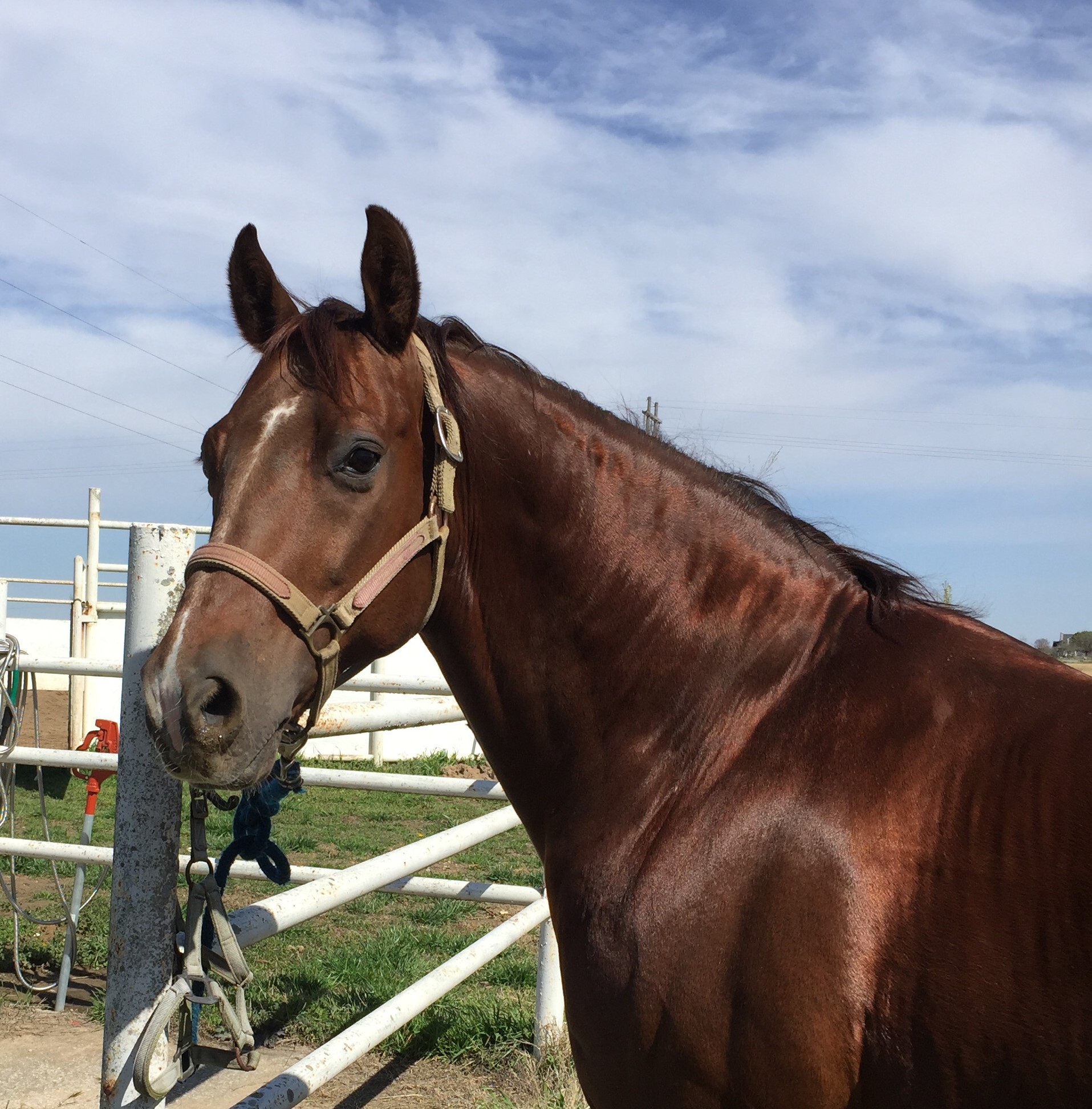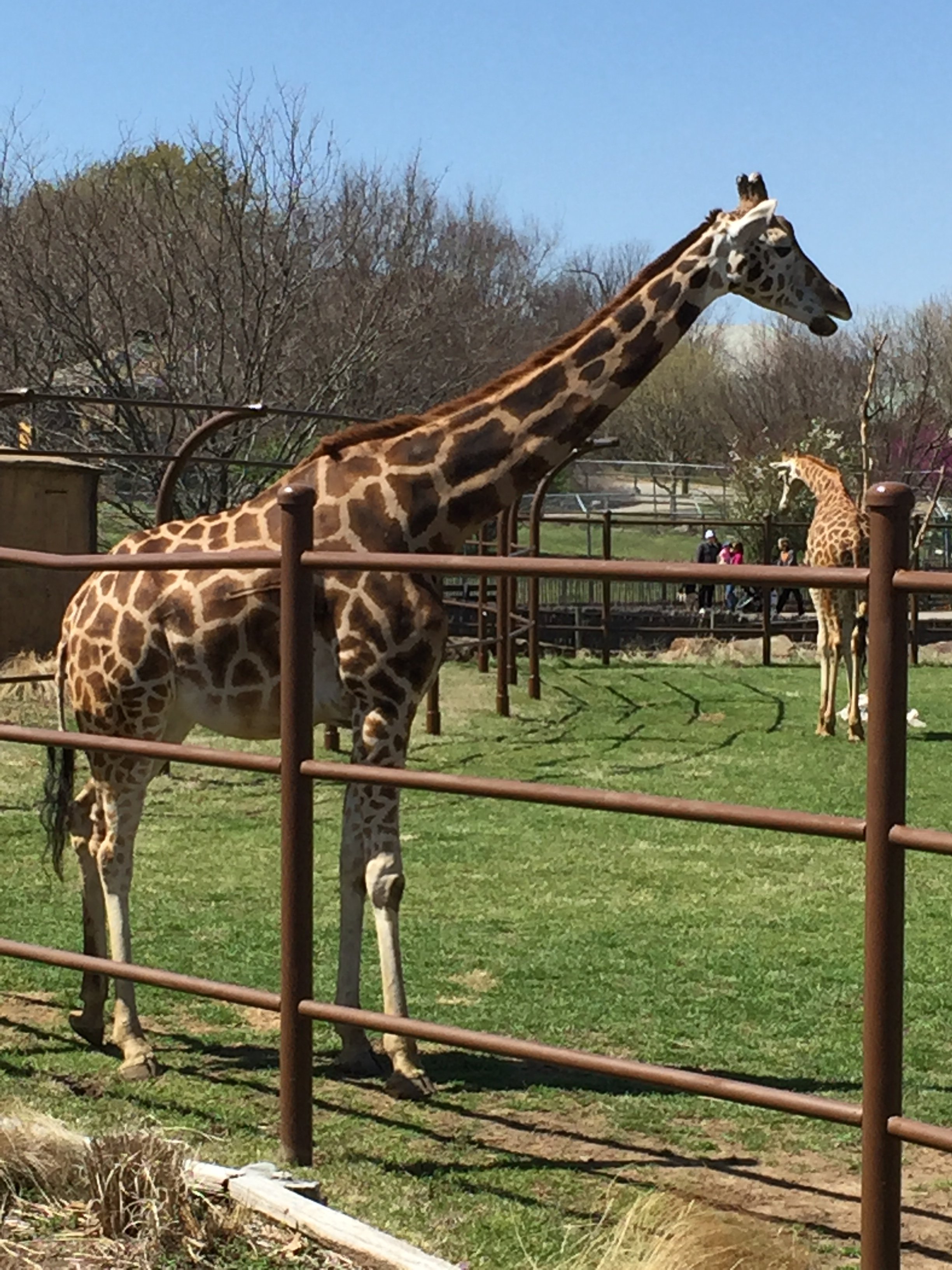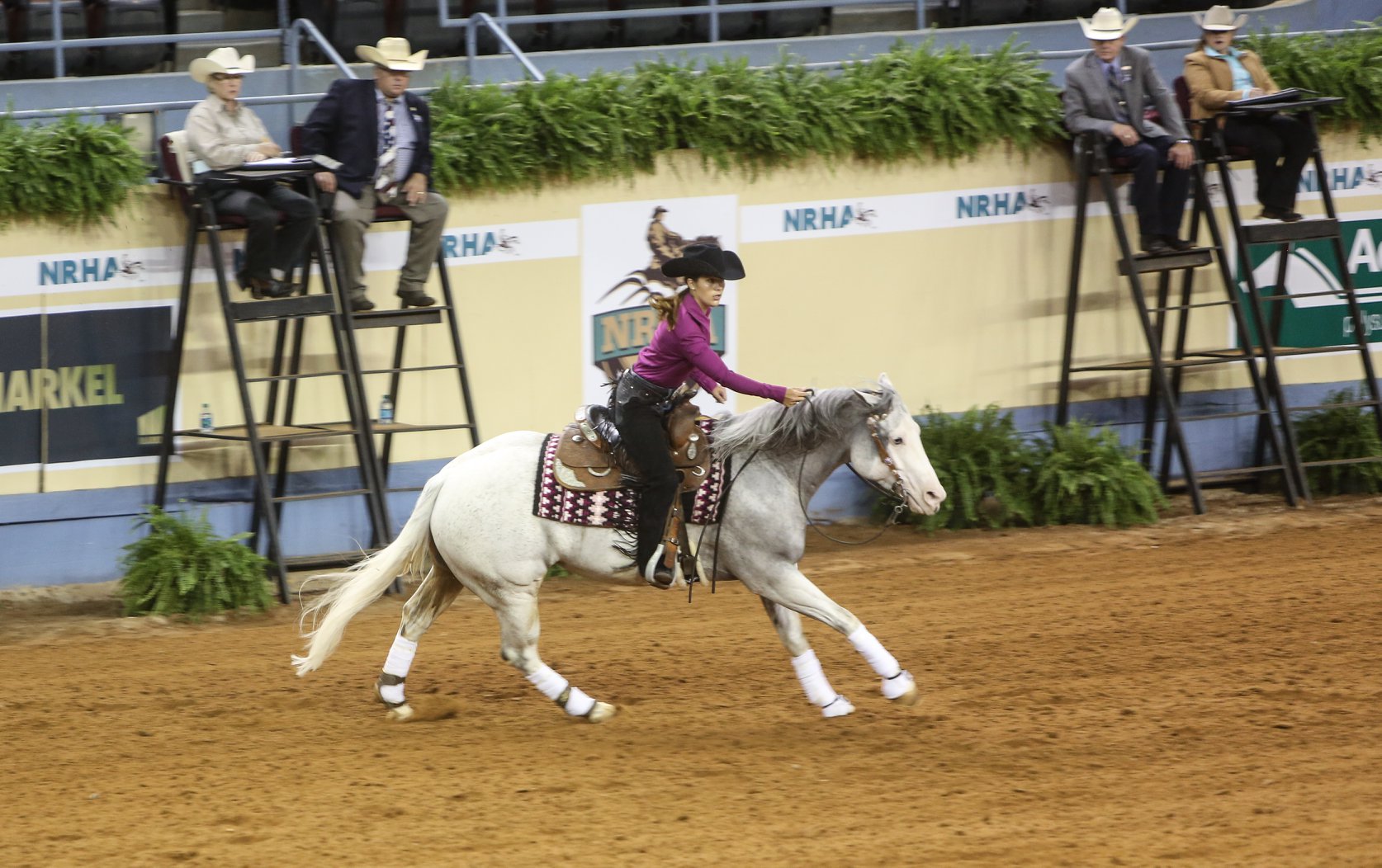
Circle Maneuver On a Reining Horse
Circling a horse sounds easy enough, but it takes training and practice to achieve the perfect circle. The information here outlines how professional reining horse trainers teach their horses to circle.
National Reining Horse Association Handbook definition of circles
“Circles are maneuvers at the lope, of designated size and speed, which demonstrate control, willingness to guide, and degree of difficulty in speed and speed changes. Circles must at all times be run in the geographical area of the arena specified in the pattern description and must have a common center point. There must be a clearly defined difference in the speed and size of a small, slow circle, and a large, fast circle; also, the speed and size of small, slow right circles should be similar to the small, slow left circles; and the speed and size of the large, fast right circles should be similar to the large, fast left circles”
Bobby Avila
 Our horses are trained to be responsive to our body ques. When you ride a circle, you want to ride spotting 1/8 of the circle at a time. If you ride too far ahead of your horse it becomes difficult to maintain a consistent circle. An older horse knows how to stay under your hands and follow the circle however, if they make the back decision to lean in or out of the circle Bobby likes to correct this by turning the horse sharply across the circle and then get back on the circles’ path. These two techniques helped my circles a great deal. It also helps reduce the need to continually pick up my hands to guild him to do what he already knows my horse throughout my circle. The more we did this the better he stayed between my hands and on the path of the circle.
Our horses are trained to be responsive to our body ques. When you ride a circle, you want to ride spotting 1/8 of the circle at a time. If you ride too far ahead of your horse it becomes difficult to maintain a consistent circle. An older horse knows how to stay under your hands and follow the circle however, if they make the back decision to lean in or out of the circle Bobby likes to correct this by turning the horse sharply across the circle and then get back on the circles’ path. These two techniques helped my circles a great deal. It also helps reduce the need to continually pick up my hands to guild him to do what he already knows my horse throughout my circle. The more we did this the better he stayed between my hands and on the path of the circle.
Fast Circle to Slow Circle Transitions
The transition from a fast circle to a slow circle requires rhythm. The approach was to ask the horse to increase his speed until he and I were in a comfortable rhythm and to maintain that. Once I had the rhythm, it became a matter of transitioning down by putting wait into my feet and sinking down into my saddle and maintaining the rhythm to create a smooth transition to a slow circle. The end result was a much smoother looking transition in which I was in rhythm with my horse at each speed.
Brandy Murphy
Fast to Slow Circles
 When transitioning from fast to slow circles you need to build in the cues that signal the horse to make the change in speed. Start by loping a circle and when you want to slow down start to hum, pick up your hand as they start to come back to you drop your hand. Use your outside leg to push the hip into the circle. Then once they come back, you want to stop them. This conditions the horse that when they hear the hum they think stop. Once they understand the cues, then move on to the transitioning from fast to slow circles. Be consistent and your horse will learn how to transition smoothly.
When transitioning from fast to slow circles you need to build in the cues that signal the horse to make the change in speed. Start by loping a circle and when you want to slow down start to hum, pick up your hand as they start to come back to you drop your hand. Use your outside leg to push the hip into the circle. Then once they come back, you want to stop them. This conditions the horse that when they hear the hum they think stop. Once they understand the cues, then move on to the transitioning from fast to slow circles. Be consistent and your horse will learn how to transition smoothly.
https://www.youtube.com/watch?v=CNNLjj1js88
Bruce Barber
As you circle you will feel when the horse is leaning as soon as you feel it stop the horse, back them up and rollback and depart. Timing the work to happen as soon as the lean occurs is important so the horse connects the work with the leaning.
This exercise helps the horse learn how to stay on the circle willingly. The exercise can be done at the trot and the lope. The goal is to make the horse work when they lean. Once they understand that it is less work to stay on the circle you have taught them to be more willingly guided.
Jay Dee Anderson
Lead Departure and Building Speed in the Circle
For the lead departure Jay Dee picks up the reins and applies light pressure to the bit and asks the horse to lope off. After a few strides, he breaks the horse down to a walk and repeats the process. This teaches the horse to allow you to pick up on the reins and to keep their head down in the lead departure. The next step is pick up on the reins and increase the speed by kissing and bumping with your legs. This technique allows you to pick on the horse in the show pen to increase speed while remaining collected. Once he has the speed he wants he puts his hand down and bumps with his legs and kisses to speed the horse up if they start to slow down. https://youtu.be/yK2rGjiH84M
Linda Hitt
Transitioning from a large fast to a small slow first
Linda likes to think of the circle having spotting points in the shape of STOP sign. Thinking this way gives you the visual of the center of the circle being a straight line. Linda placed two traffic cones on each side of the center line. This created an alley way to guide through as you go from your large fast circle to your small slow. This added visual really helped me to stay straight through center and to time my transition to the small slow.
Mack Weaver
How to keep your horse on the circle when riding one handed. Start by keeping your hand in line with the center of the horse’s mane and keep your shoulders square. Look in the direction you want your horse to go. Your horse should stay on the path you are looking toward. If the horse leaves the circle to the outside you want to stop the horse and turn the horse around to the inside of the circle. Lope off, then cut the circle in half so that you get back to the spot the horse left the circle faster. Frequent repetition allows you to correct the horse in the trouble spot. https://www.youtube.com/watch?v=7UGWl3dW5TY
Nathan Kent
Nathan likes to warm up for circles by trotting in a small circle. From a small circle, you ask the horse to follow the path you chose for that circle. If the horse leaves that path, lay the outside rein, and move them back on the path of the circle. This is also done at the lope. Doing this exercise gets the horse sensitive to the neck rein, which teaches them to guide with very little pressure.
If a horse does not want to stay on the circle the other exercise you can do is to stop the horse and turn them around a few times and lope off. You want to turn them into the circle to teach them to follow it. You want to keep doing this exercise until the horse is soft in the face and following the circle with very stride.
Large Fast Circle
When running a large fast circle your hand position needs to be close to the horse’s neck and forward. To guide the horse in the circle from that position Nathan likes to have his hand lined up with the horse’s inside ear. This position allows you to direct the horse without lifting up or pulling back on the reins. It also gives the horse a clear direction to follow because your reins are contacting a sensitive part of their neck.
Sean Johnson
Sean explains that it takes another half circle before the error becomes evident. So, if your horse is not coming through center on a straight line, the error occurred half way back on the circle, not at the center. Thinking this way was a great insight into where the mistake really started and that the correction should be made back when the mistake was created and that would prevent the mistake that became evident halfway around the other side of the circle.
The goal of the reining circle is to have the horse willingly guided and if you are helping them all the time they are not willingly guided. You want the horse to do more work than you. If you want to teach the horse to lock into the circle, only correct them when they make the mistake. If they leave the circle guide their nose to the inside with your inside rein at the same time bump with your outside leg. Once they are following the circle bring your hands back to center and let the horse follow the circle. If the horse is dropping into the circle guide them to move out by opening your outside rein and bumping with your inside leg. After working on this my horse started to move more freely and was locking into the circle on his own.
Circling can become monotonous for both you and your horse. You really want them to be waiting for what comes next. A great way to do that is to add a stop and a turnaround to the outside and loping off in the opposite direction. This one exercise helps sharpen up the circles, the turnaround, the roll back, the stop, and the lead departure.
Steve Schwartzenberger
What to do if your horse is looking out of the circle.
If a horse is looking out of the circle you want to use your inside rein and bend the horse at the pole by bring your inside rein back and up to your hip. Keep your forward motion as you ask for this bend and continue to ride half way around the circle and release the rein so the horse is following the arch of the circle. Continue to do this until the horse understand that they are to follow the circle without looking out.
I hope you have enjoyed this post and will share it with your friends.
All images were provided by Maria Hurd and show case her daughters Amanda and Elena Hurd competing.
For more reining horse training blogs go to the post page at https://horsetaillegacy.com/jgjs
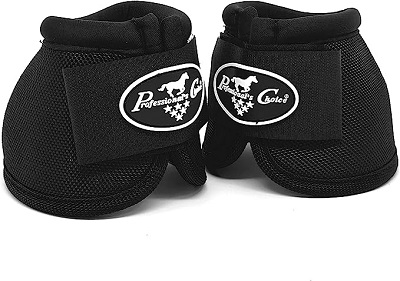
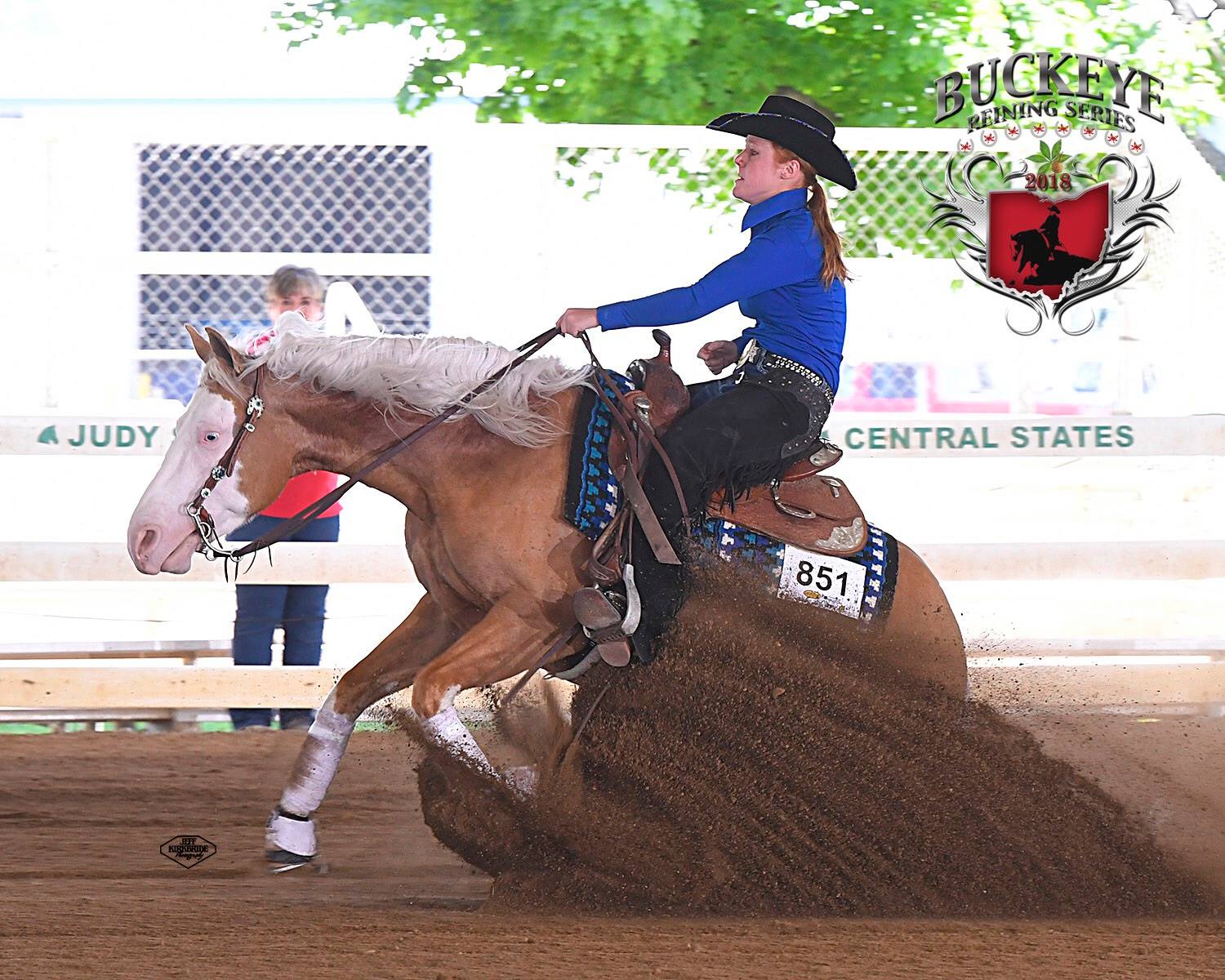



































 Our horses are trained to be responsive to our body ques. When you ride a circle, you want to ride spotting 1/8 of the circle at a time. If you ride too far ahead of your horse it becomes difficult to maintain a consistent circle. An older horse knows how to stay under your hands and follow the circle however, if they make the back decision to lean in or out of the circle Bobby likes to correct this by turning the horse sharply across the circle and then get back on the circles’ path. These two techniques helped my circles a great deal. It also helps reduce the need to continually pick up my hands to guild him to do what he already knows my horse throughout my circle. The more we did this the better he stayed between my hands and on the path of the circle.
Our horses are trained to be responsive to our body ques. When you ride a circle, you want to ride spotting 1/8 of the circle at a time. If you ride too far ahead of your horse it becomes difficult to maintain a consistent circle. An older horse knows how to stay under your hands and follow the circle however, if they make the back decision to lean in or out of the circle Bobby likes to correct this by turning the horse sharply across the circle and then get back on the circles’ path. These two techniques helped my circles a great deal. It also helps reduce the need to continually pick up my hands to guild him to do what he already knows my horse throughout my circle. The more we did this the better he stayed between my hands and on the path of the circle. When transitioning from fast to slow circles you need to build in the cues that signal the horse to make the change in speed. Start by loping a circle and when you want to slow down start to hum, pick up your hand as they start to come back to you drop your hand. Use your outside leg to push the hip into the circle. Then once they come back, you want to stop them. This conditions the horse that when they hear the hum they think stop. Once they understand the cues, then move on to the transitioning from fast to slow circles. Be consistent and your horse will learn how to transition smoothly.
When transitioning from fast to slow circles you need to build in the cues that signal the horse to make the change in speed. Start by loping a circle and when you want to slow down start to hum, pick up your hand as they start to come back to you drop your hand. Use your outside leg to push the hip into the circle. Then once they come back, you want to stop them. This conditions the horse that when they hear the hum they think stop. Once they understand the cues, then move on to the transitioning from fast to slow circles. Be consistent and your horse will learn how to transition smoothly.





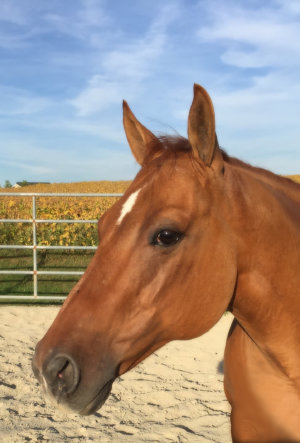
 I bought my CSI saddle pad in 2013 at “The Road to The Horse” event in Lexington, KY . I was looking for a quality pad for my aging American Quarter Horse Legacy. I stopped by the CSI booth and really liked the design concept of the pad as well as the quality materials that are used to make the pad.
I bought my CSI saddle pad in 2013 at “The Road to The Horse” event in Lexington, KY . I was looking for a quality pad for my aging American Quarter Horse Legacy. I stopped by the CSI booth and really liked the design concept of the pad as well as the quality materials that are used to make the pad. I was given the Vintage Classic Equestrian Watch by the Horsely company to review. First let me say that this companies tag line is “It’s not a Hobby It’s a lifestyle” really does ring true for the kinds of products they offer for sale. I do think the watch is a fun piece to add to your causal wardrobe. It is not suited to everyday wear at the barn since it isn’t waterproof. The face of the watch is large and the stylized horse head is a definite statement piece. The price is reasonable for the quality of the watch. It is a nice gift to give your horse loving friend for a birthday or holiday. Just leave plenty of time for shipping.
I was given the Vintage Classic Equestrian Watch by the Horsely company to review. First let me say that this companies tag line is “It’s not a Hobby It’s a lifestyle” really does ring true for the kinds of products they offer for sale. I do think the watch is a fun piece to add to your causal wardrobe. It is not suited to everyday wear at the barn since it isn’t waterproof. The face of the watch is large and the stylized horse head is a definite statement piece. The price is reasonable for the quality of the watch. It is a nice gift to give your horse loving friend for a birthday or holiday. Just leave plenty of time for shipping.